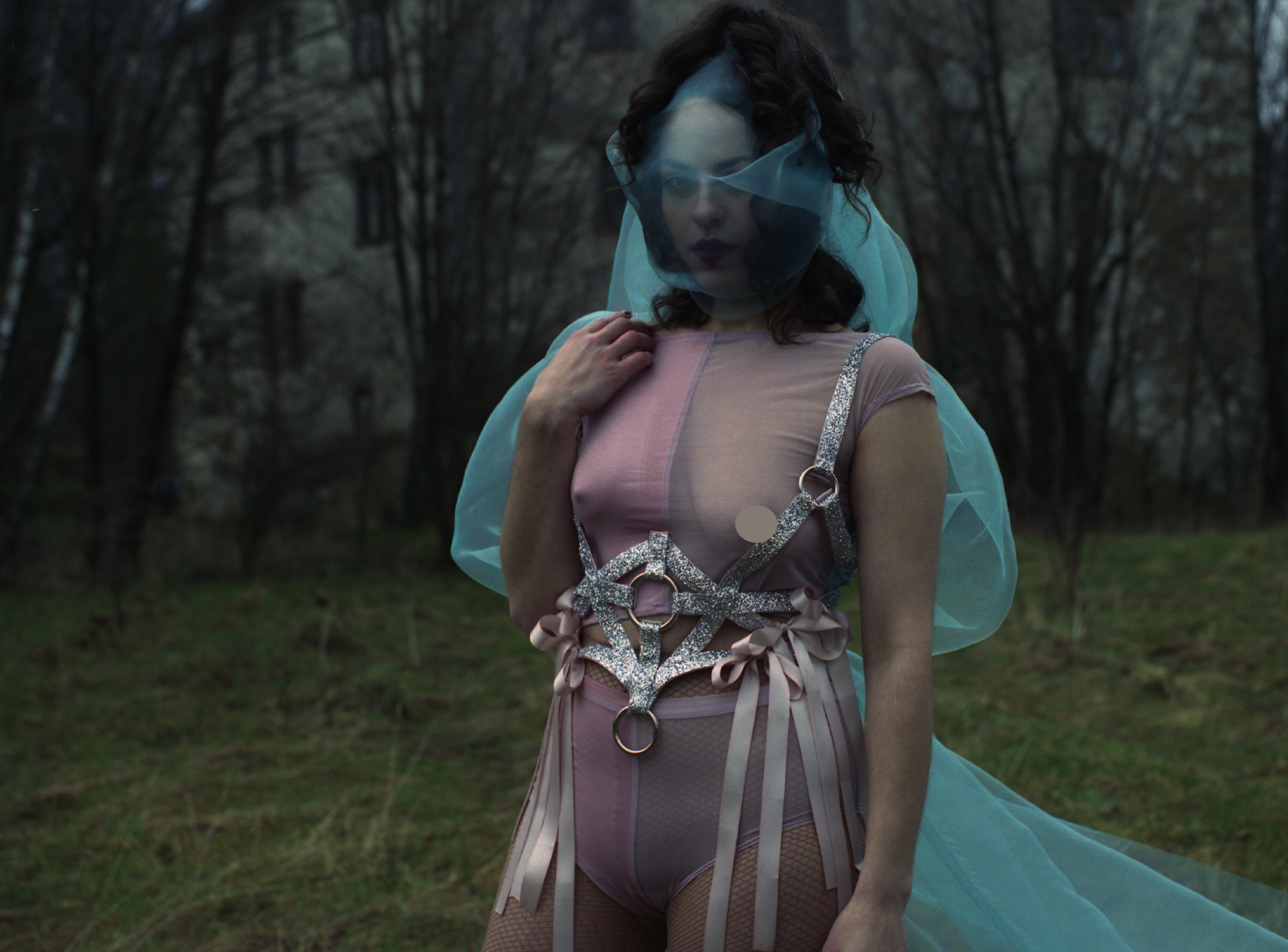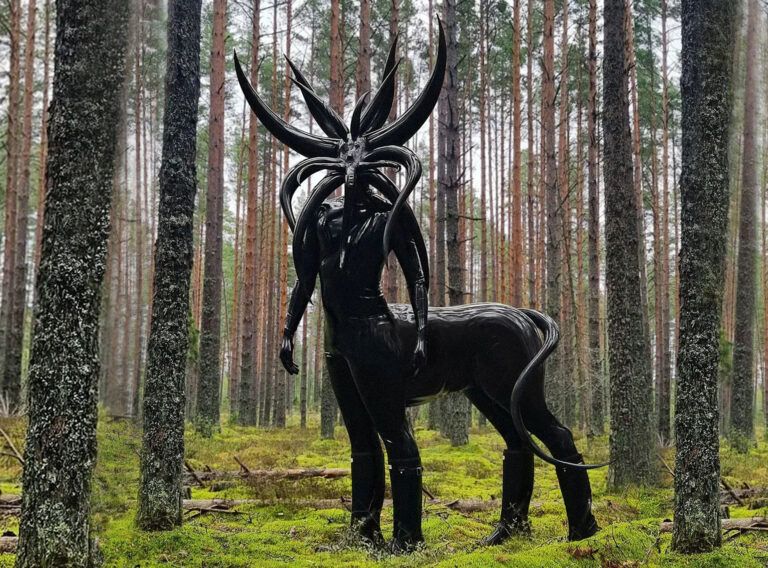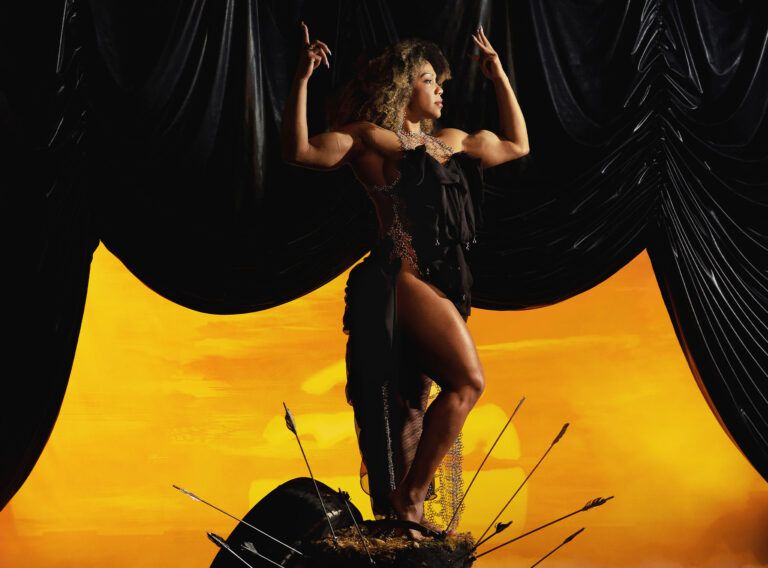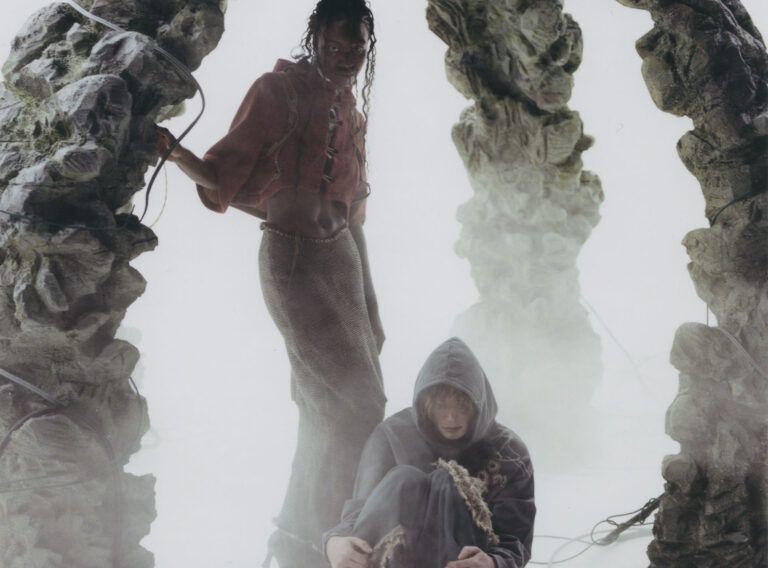Bílý mrtvý svět přikryje tma.
Abys mezi stíny našla neposlušnost a špína tě vyživila.
Abys uslyšela němé pomocníky, kteří neomylně roztřídí nekonečný zmatek.
Abys mohla lovit a utíkat, nepoznaná vyčkávat.
Abys věděla, že není jen bílých a černých krajin.
Aby se Fénix z popela narodil.
Teprve potom dostaneš obutí a ptáček poletí
Darkness will cover the dead white world.
So you could find disobedience among the shadows and grime nourished you.
So you could hear the mute helpers who will unerringly sort out the endless disarray.
So you could hunt and flee, lying in wait, unrecognized.
So you could know that there aren’t just white and black landscapes.
So the Phoenix could rise from the ashes.
Only then you will get your shoes and the bird will fly.

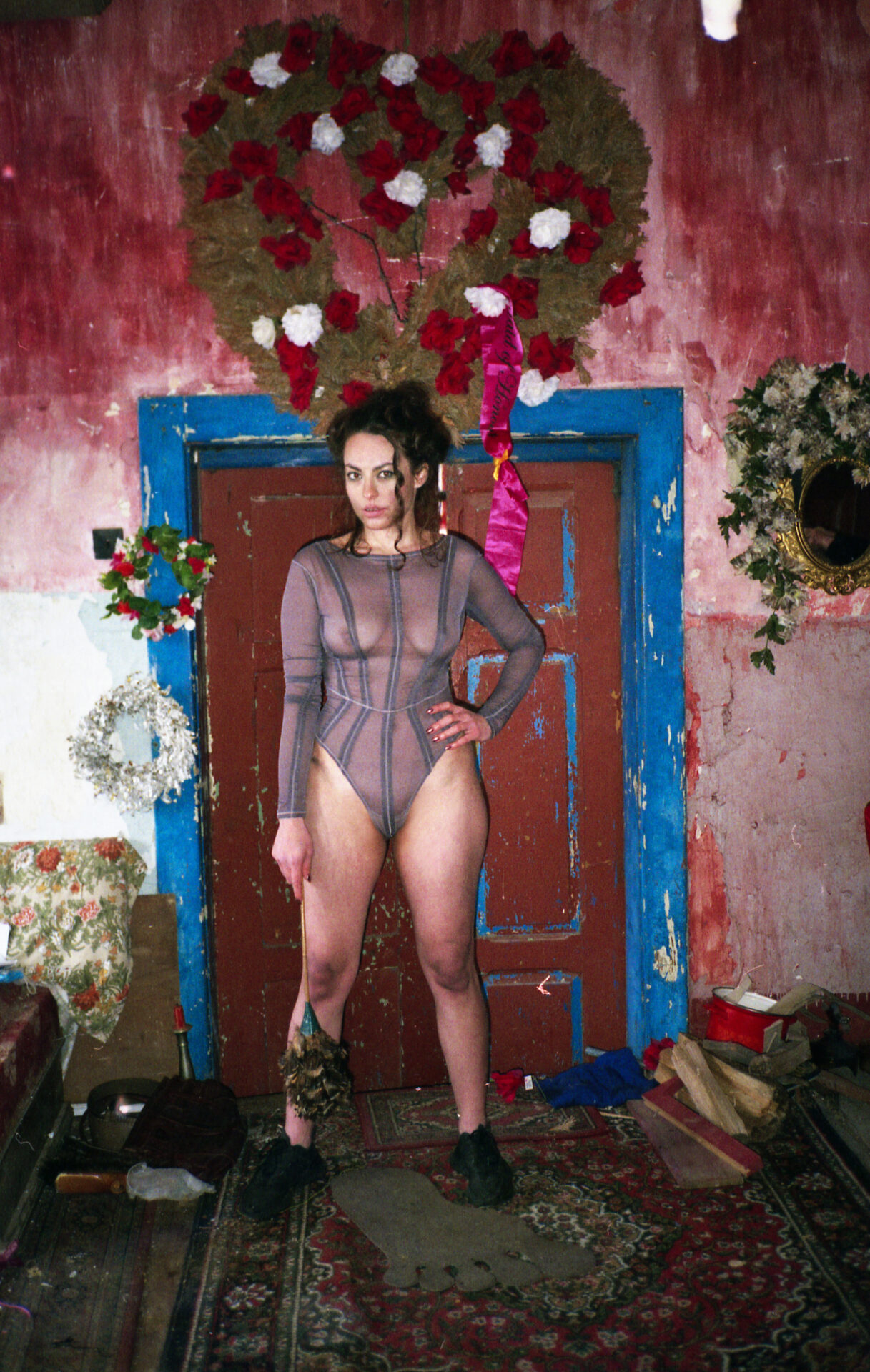
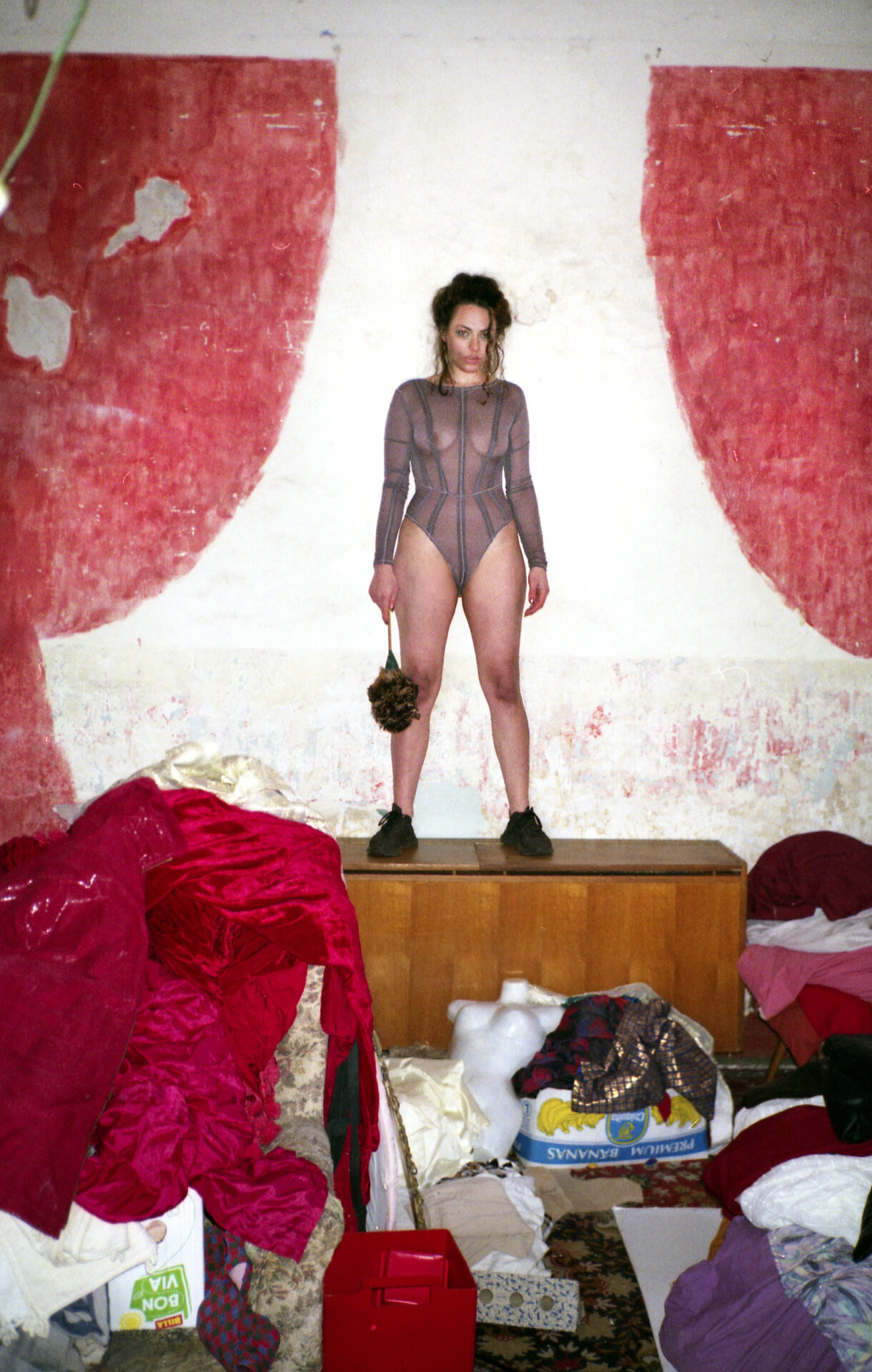
What brought you to underwear design?
Alena: I toyed with the thought already at high school. At the university, I became convinced that certain boundaries are beneficial to creation and that’s why I perceive underwear as a boundary of the body. Functionality is the main goal and the rest is up to inspiration and creative intention. Personally, I’m driven by “desire, secrets and connection” – all that underwear embodies for me.
Kateřina: Underwear is the closest to the body. We can hide a lot into a small, functional piece of clothing. With Alenka, besides commissioned pieces, we wanted to also create our products and we immediately thought of underwear – a daily necessity. We create underwear pieces as helpers, guides.
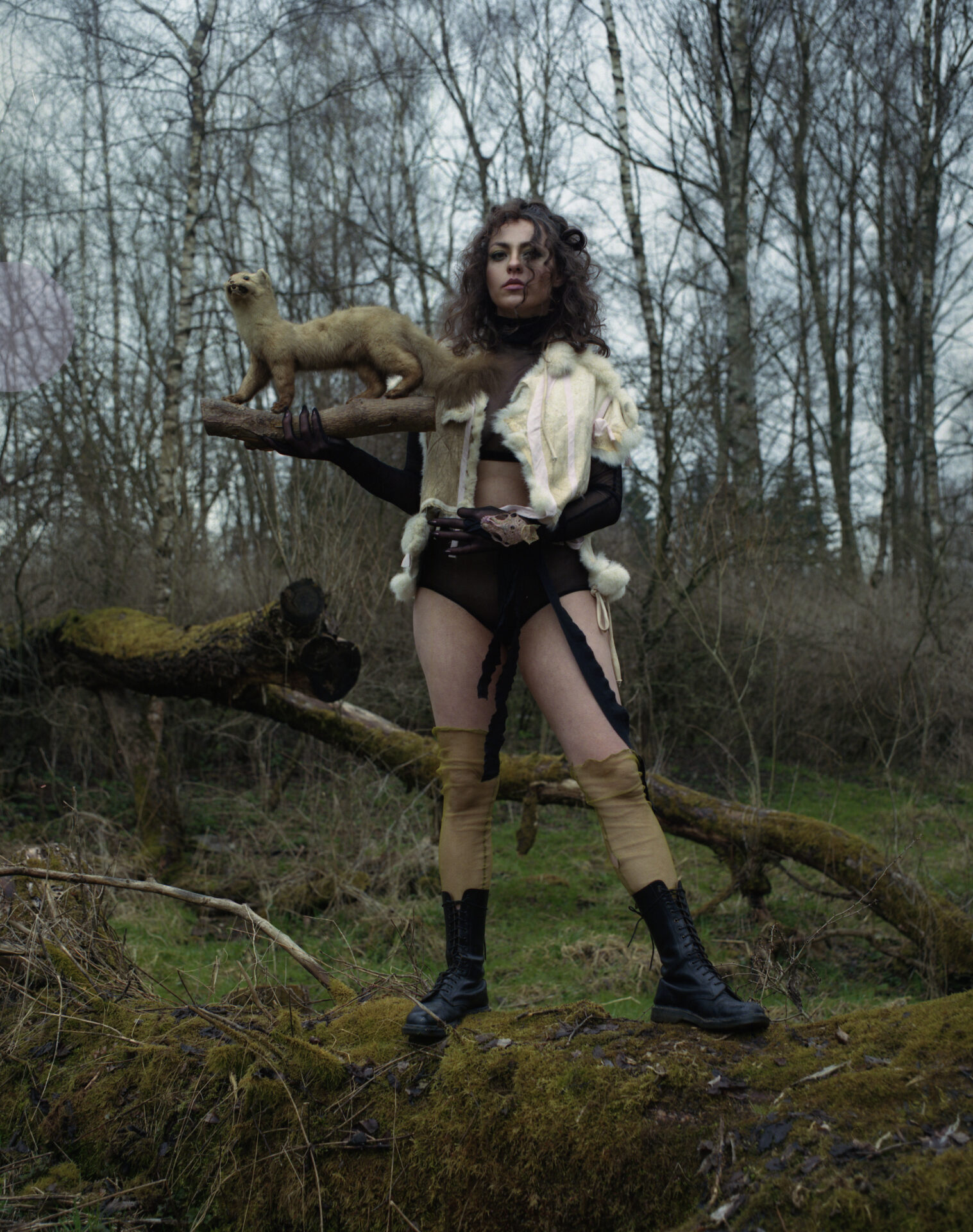

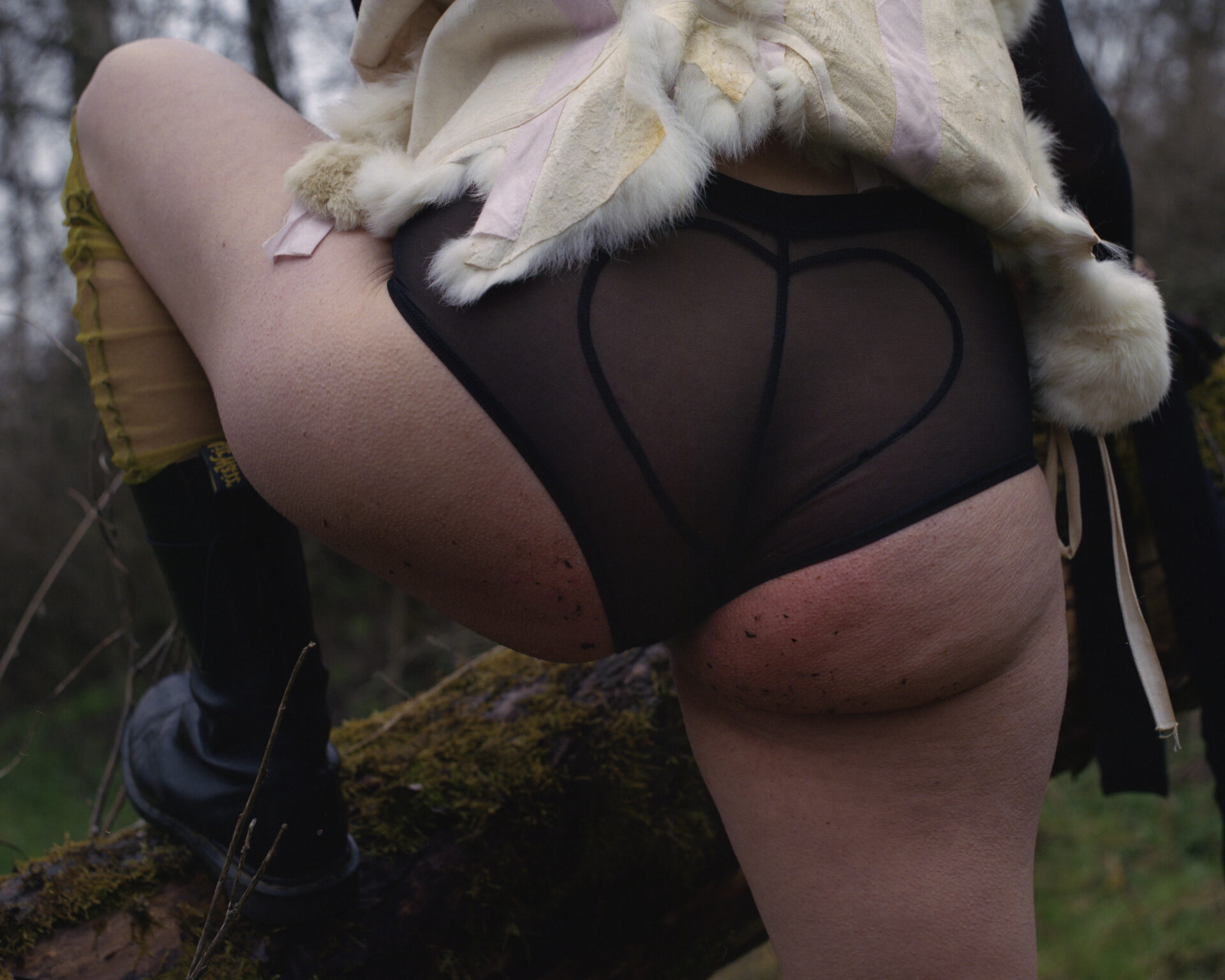
The fashion industry is undergoing a major crisis. How does a small independent studio such as yours come to terms with the situation and what does fashion mean for you?
A: Every crisis serves as a reevaluation of old routines. I’m glad it came even though it costs a lot of energy, and you often catch yourself in dead ends of sorts. The fashion industry is one of the most polluting for the planet and it’s vital to restrict and limit the concept of its production. If it weren’t for the Corona crisis, this would happen only with small brands that don’t have such an impact. So I would say that everything is as it should be.
K: The crisis came suddenly and we are still adjusting. During the first wave, we began to create face masks so we could reflect our approach to the situation. We had to really increase our presence on social media and even though it’s not our preferred environment, it’s a necessity these days. The crisis plants our feet firmly on the ground. But I’m grateful that we’re slowly rising up to the goals we’ve dreamed of despite all obstacles.
It’s hard to say what fashion means to me now. What does a person wear and what do they express through it. Maybe they tell us something about themselves by doing it, create something, maybe nothing at all. Indifference is also a statement 🙂 I don’t like the term “fashion” as such. For me, it carries the ephemerality that got shifted to such a gear in today’s consumer world that fashion became one of the industries destroying our home the most. And that’s why this grand industry is also undergoing an inevitable crisis – because nothing can grow all the way to the sky. The question is: should we talk about a crisis or rather a certain kind of exhaustion, reaching a limit? But I don’t perceive us as part of this behemoth.
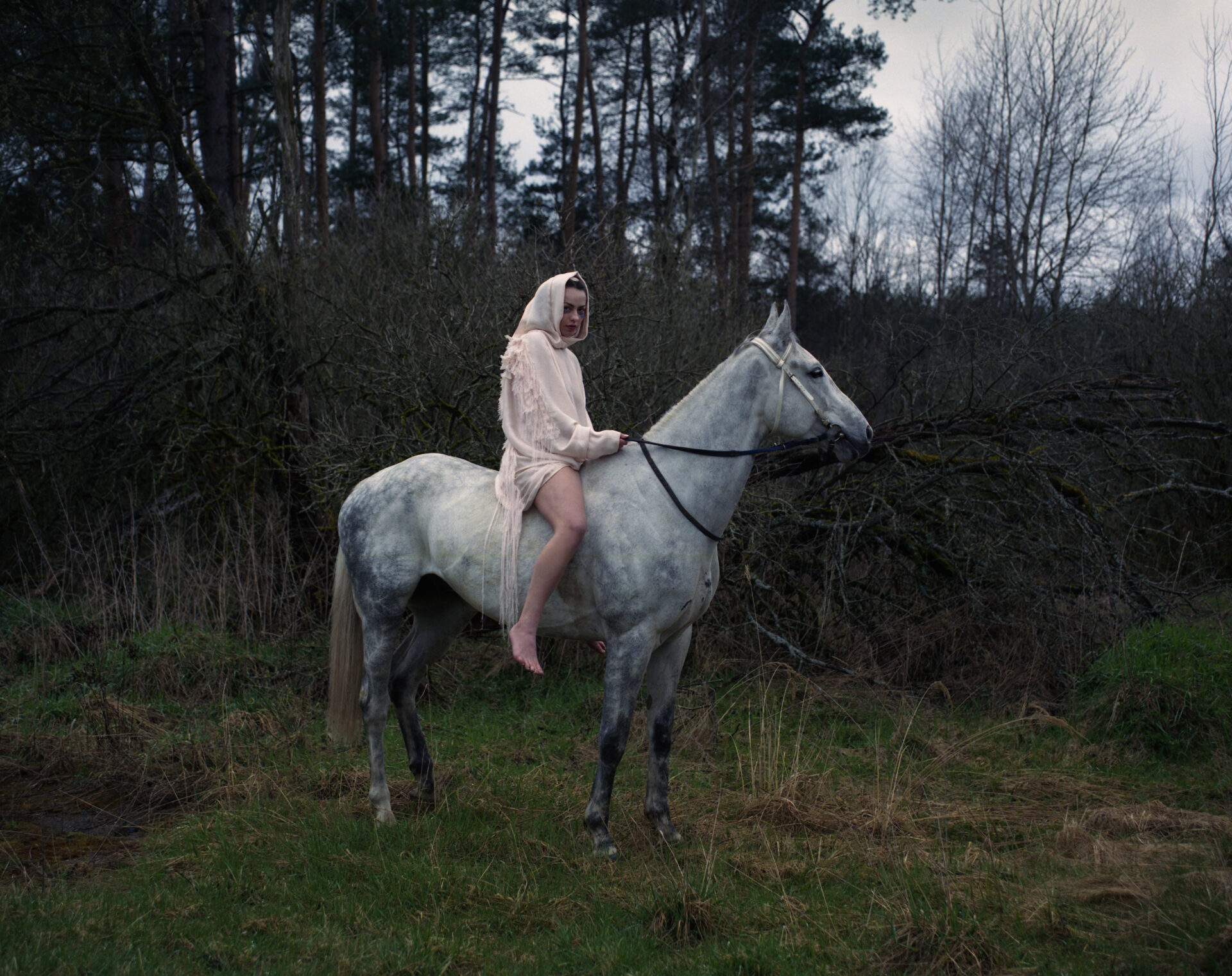

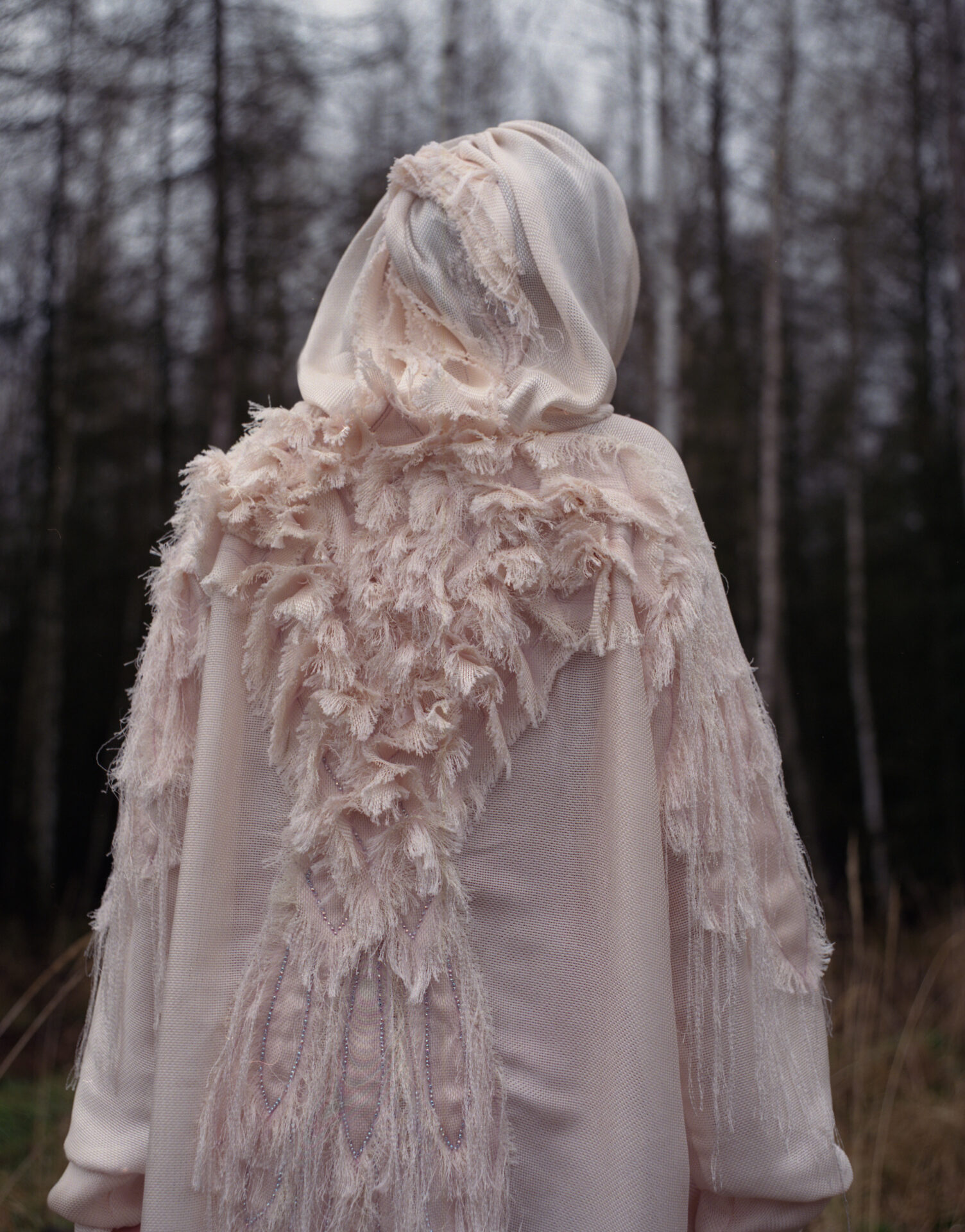

In each editorial, you work with one archetypal female character and her transformation. Our readers could already meet Snow White, The Little Mermaid and now Cinderella in your avant-garde rendition. In which direction are you headed in regards to storytelling?
A: That changes constantly. We would like to continue presenting our thoughts and collaborate with other artists, not only photographers and models.
K: We will add more stories to our collection. I can’t describe the direction but each character enriches us with new outlooks, more fragments for the mosaic. We look into each woman/being at different times and states of mind, all that reflects in the editorials. As Alenka said, we love to collaborate and tell stories with other photographers and designers, each different and with various approaches.
What are the sources of inspiration for each editorial? Could you shed some light on the process of preparation and selection of the female muses?
A: We still have a lot of characters to go, the fairytale subject is bottomless. For each archetype, we first look for a model and search for the variations and meanings of the story itself. We draw on books, studies and essays. A great source is Marie-Louis von Franz’s work The Interpretation of Fairy Tales. Subsequently, we select one of these fragments to be the stepping stone upon which we build our own interpretation. Put down like that it all sounds rather systematic, which is not the case in reality. We might have a method but we are very intuitive during the work itself.
K: The greatest challenge is to look at a fairy tale we all know in a different light. To try to perceive it not as a linear narrative with multiple characters but as a complex evolution of one indivisible being with all parts of her psyche. Subsequently, we often reach the conclusion that, at their core, all fairy tales are about the same thing, only in different clothing. That’s why we talk about and show the same all the time – only the “overcoats” change.
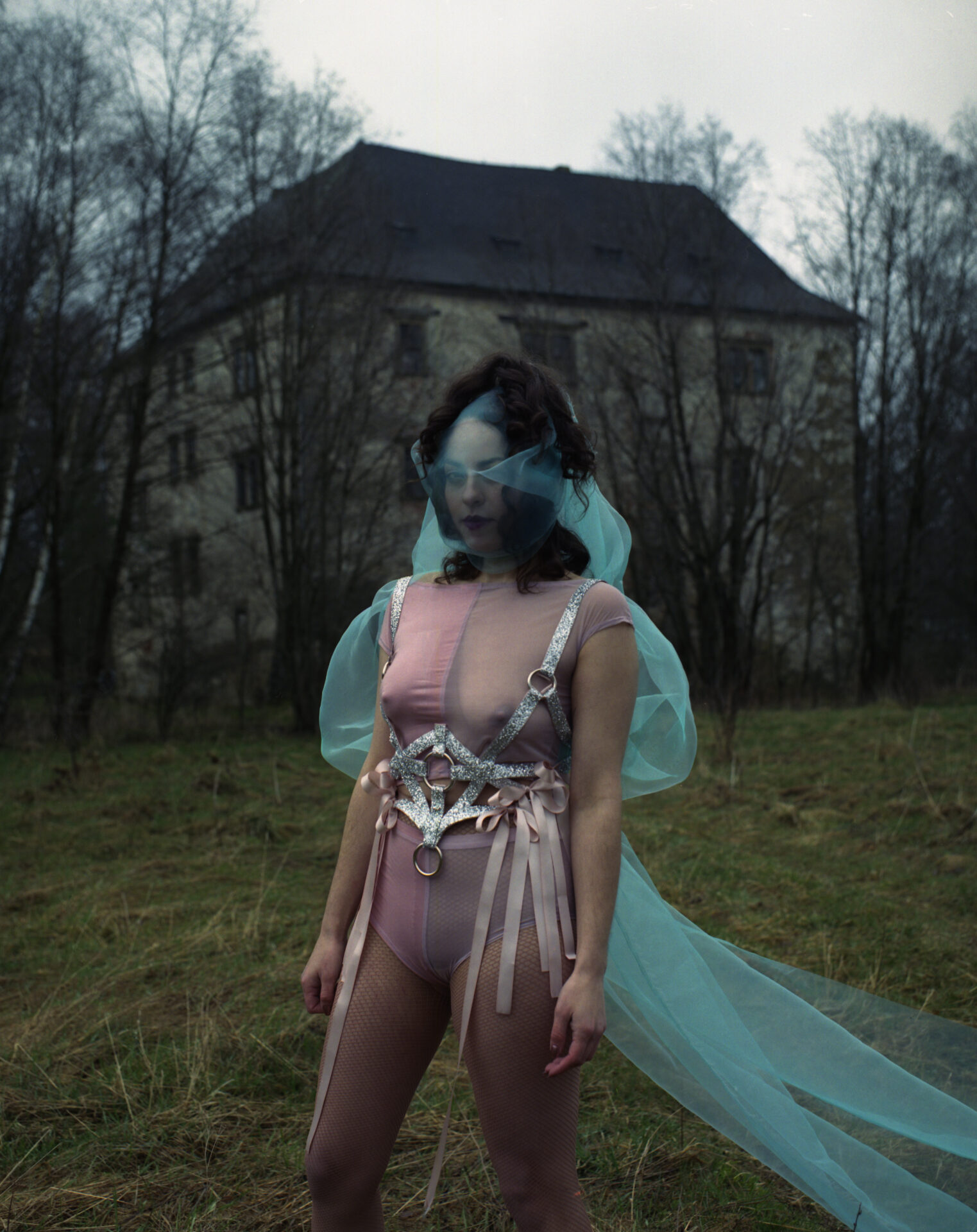
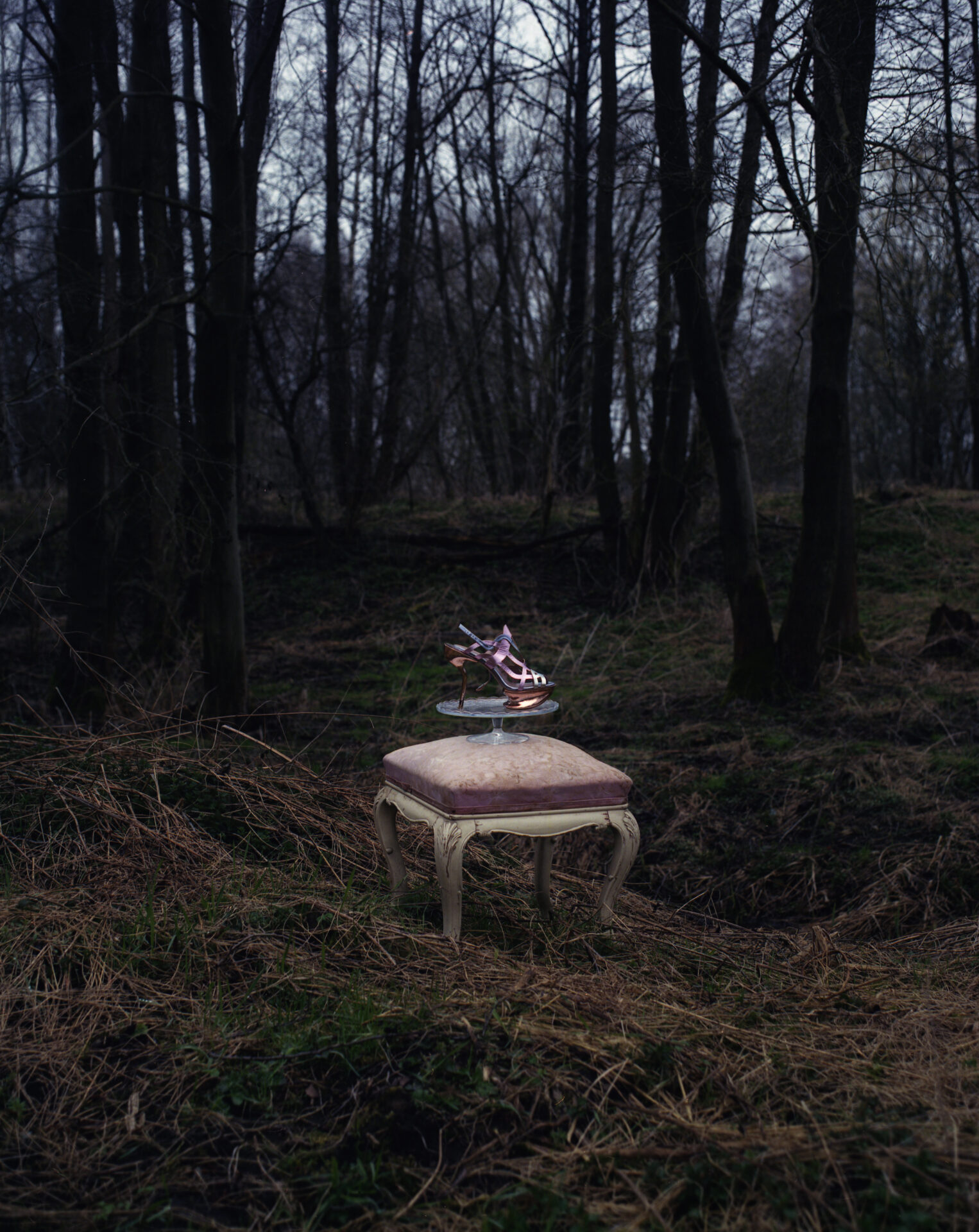
Could you introduce us to the new Cinderella editorial?
A: It tells a story about a maturing woman and about discovering the layers of her sexuality.
K: Cinderella is about the growth that is not possible in a black-and-white world. About accepting the shadows and learning how to differentiate, about listening to intuition.
As a brand focusing predominantly on lingerie, what is your approach to the body and the current ideal of the female form when you design the collections?
A: We approach the body with admiration, each is different, but all need pampering. We work with the typical female silhouette: the waist, breasts, hips. We create our products to accentuate these lines. Both the panties and tops are soft, flexible and pliable, they draw attention to places and shapes but don’t have the tendency to change them. Besides that, we also like to play with corsets and bondage elements and such where the concept of comfort is upside down.
K: The body is everything we have and it brings me great sorrow that many women are often unsatisfied with it and don’t feel good in it. We want to elevate and indulge the body. The silk lining of our panties is an essential element and a great joy for the comfort of the body. Our friends are often the inspiration behind our editorials or rather what they and their bodies have been through. This mutual sharing influences and pushes our work forward a lot.
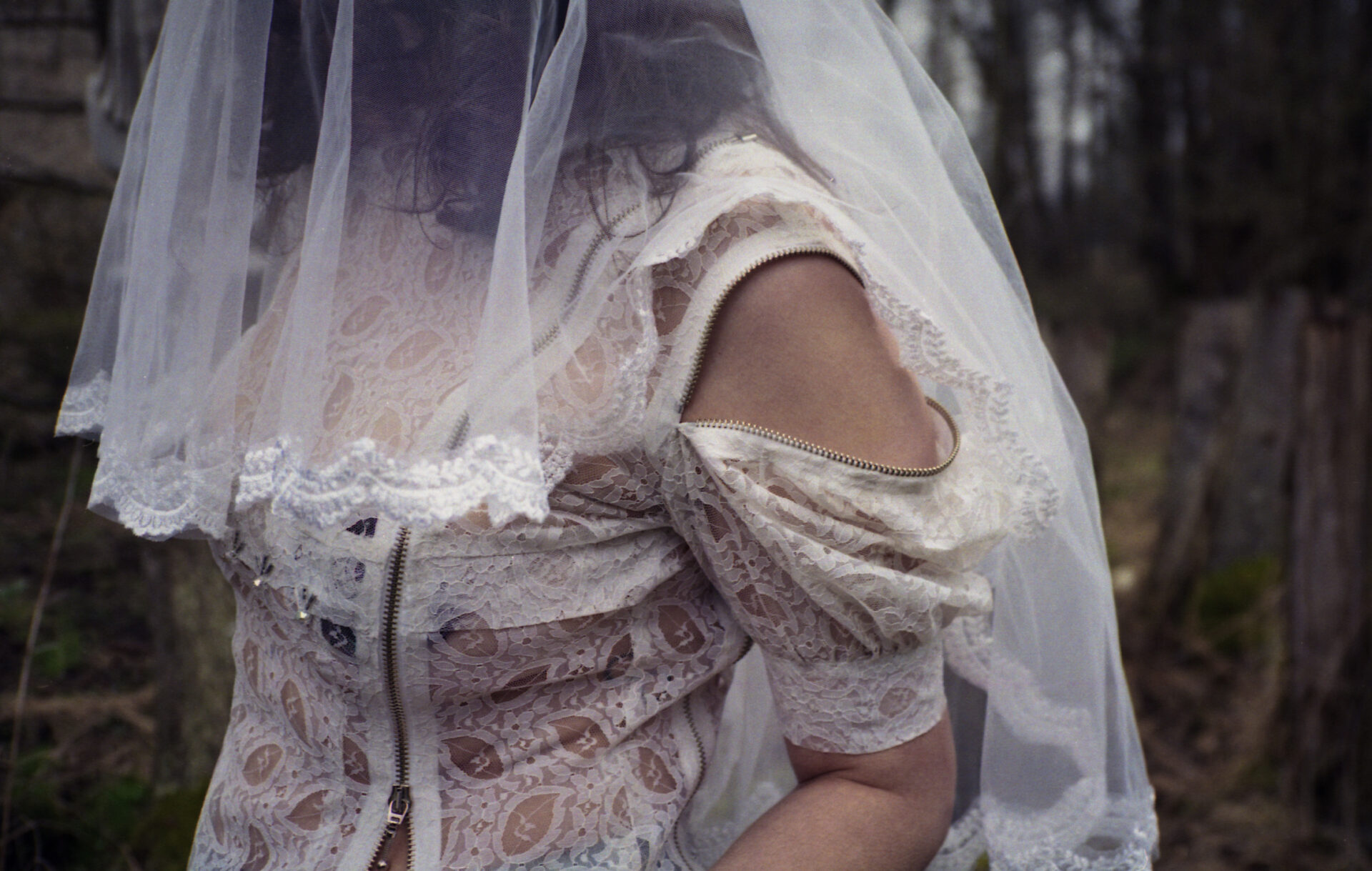
Your theatrical and slightly erotic visual calls for a lingerie performance. Do you plan on doing something like that in the future or do you want to stick to an online presentation?
A: We planned quite a few performances, created costumes for Prague Burlesque and believed that our work will go in this direction more often but the current situation changed our plans. We want to return to them one day but right now it’s on the back burner. One thing is for sure – that a performative presentation will take place at the opening of our new space. See ya there, mwah!
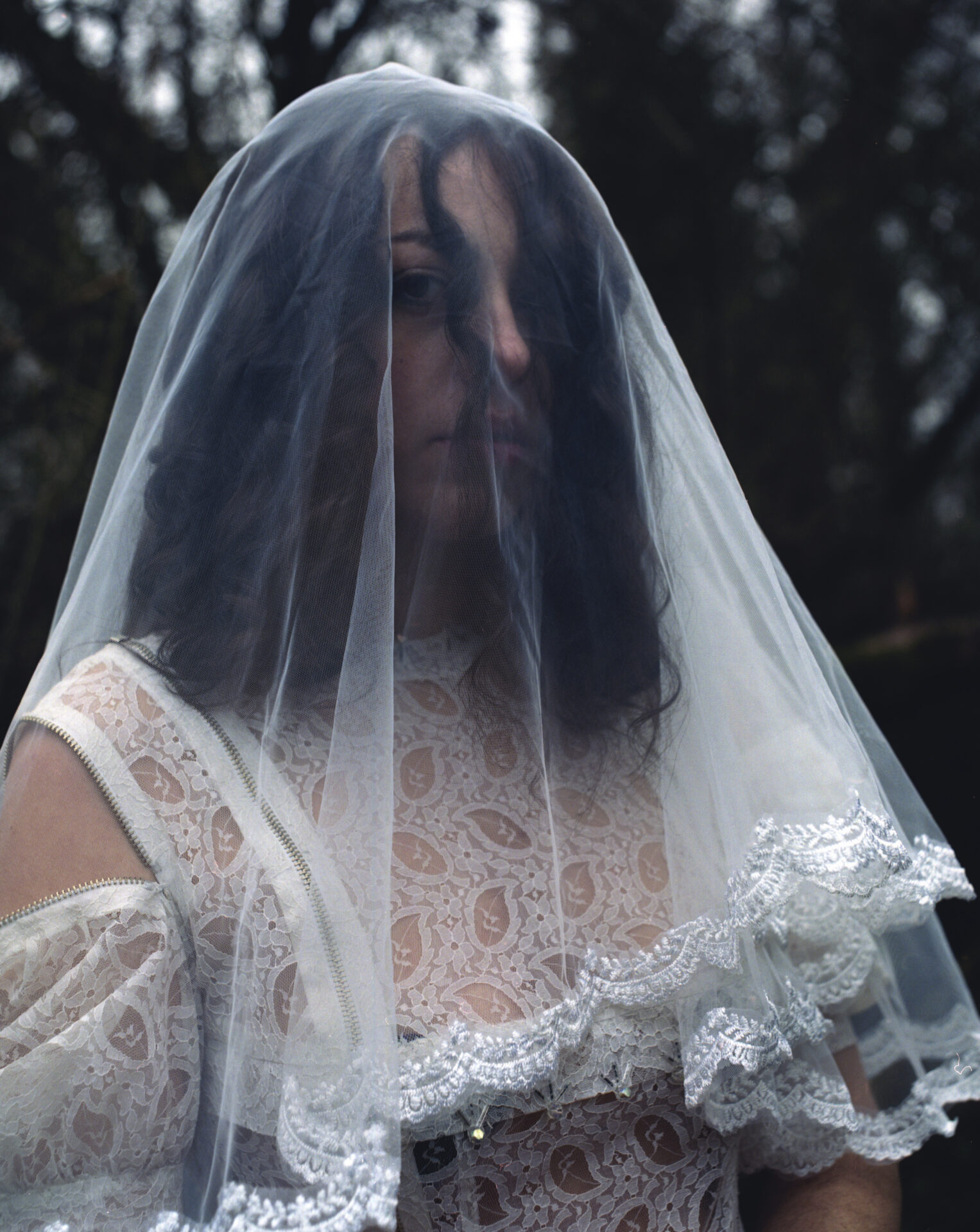
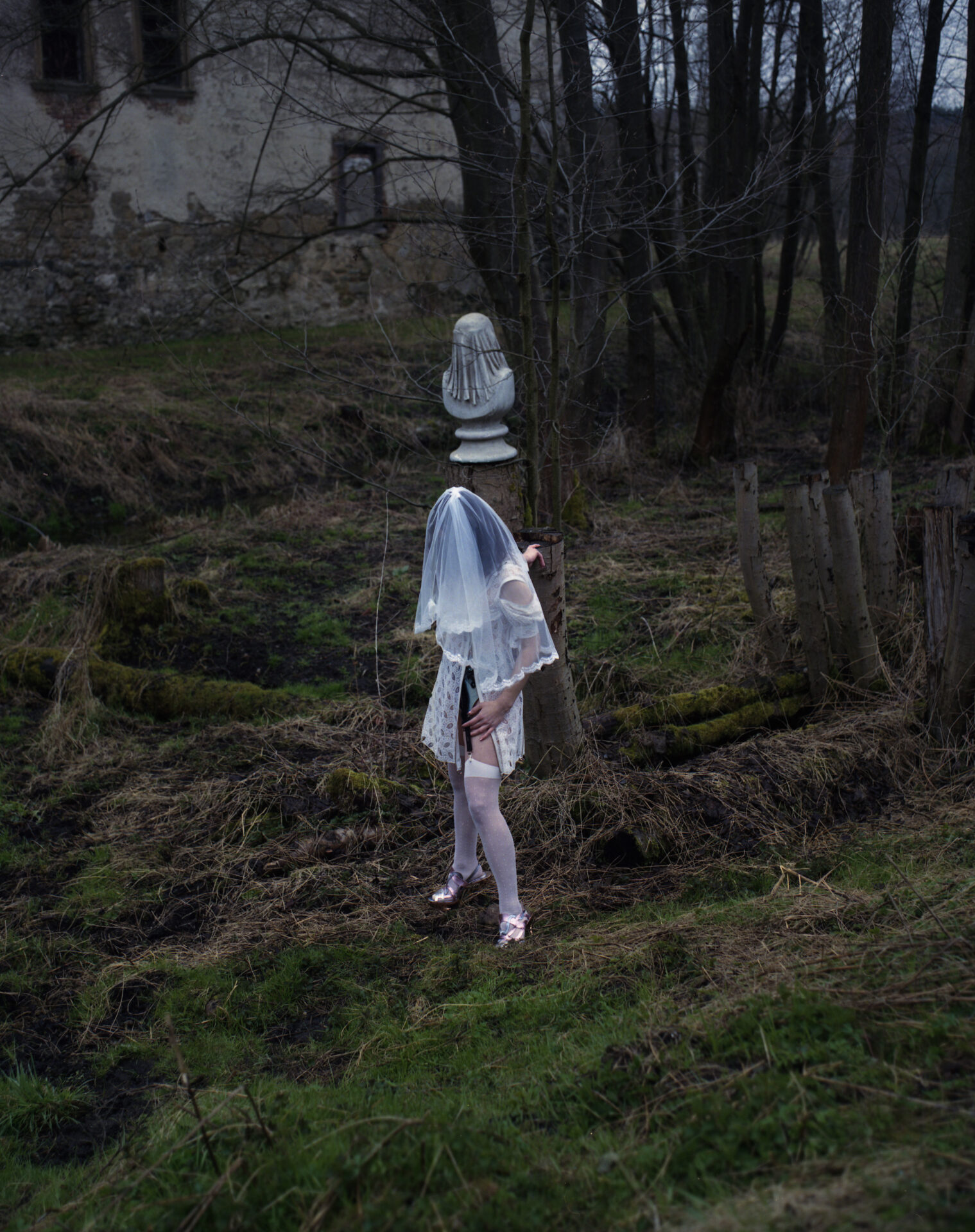
ABOUT BEAST OF THE EAST / Beast of the East is a joint project of Kateřina Plamitzerová and Alena Jakubová. Astral twins Alena and Kateřina met at the Academy of Arts, Architecture and Design in Prague in autumn 2014. They create underwear and nightwear in small series. In addition to their product line, they make custom garments for themselves. The two designers describe themselves as “in an endless process of seeking nourishing female archetypes, the attributes which we imprint carefully into each of our pieces.” The pieces are intended to support the one who wears them. “Women Running with Wolves” by Clarrisa Pinkola Estés brought them on this journey.
CREDITS
PHOTOGRAPHY / Michaela Karásková Čejková @michaelakaraskova
MODEL / Rozálie Vašíčková @royal_ie
STYLING / Beast of the East
SHOES / Karin Onderková @Shoedaism
INTERVIEW / Kateřina Hynková @khynko @swarmmag
TRANSLATION / Františka Blažková @st.feral
A thanks goes to Martin Koutecký for opening the Kuřívody Fortress for the photoshoot.
